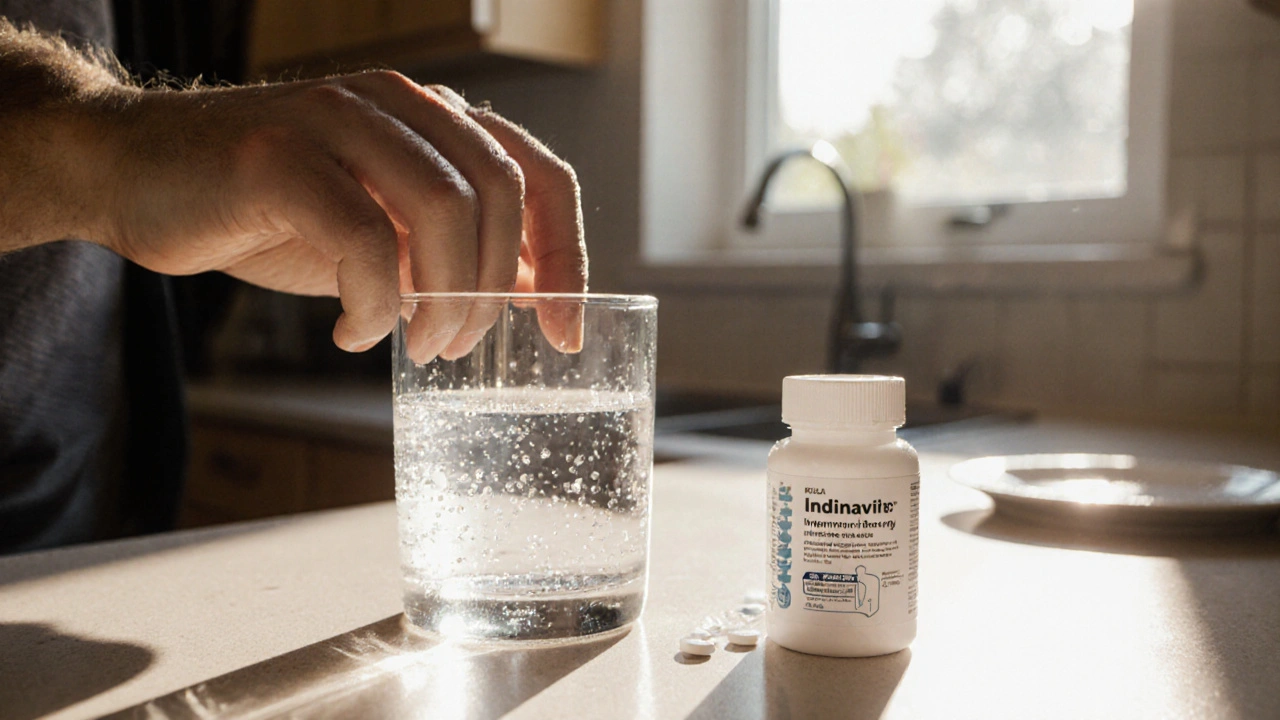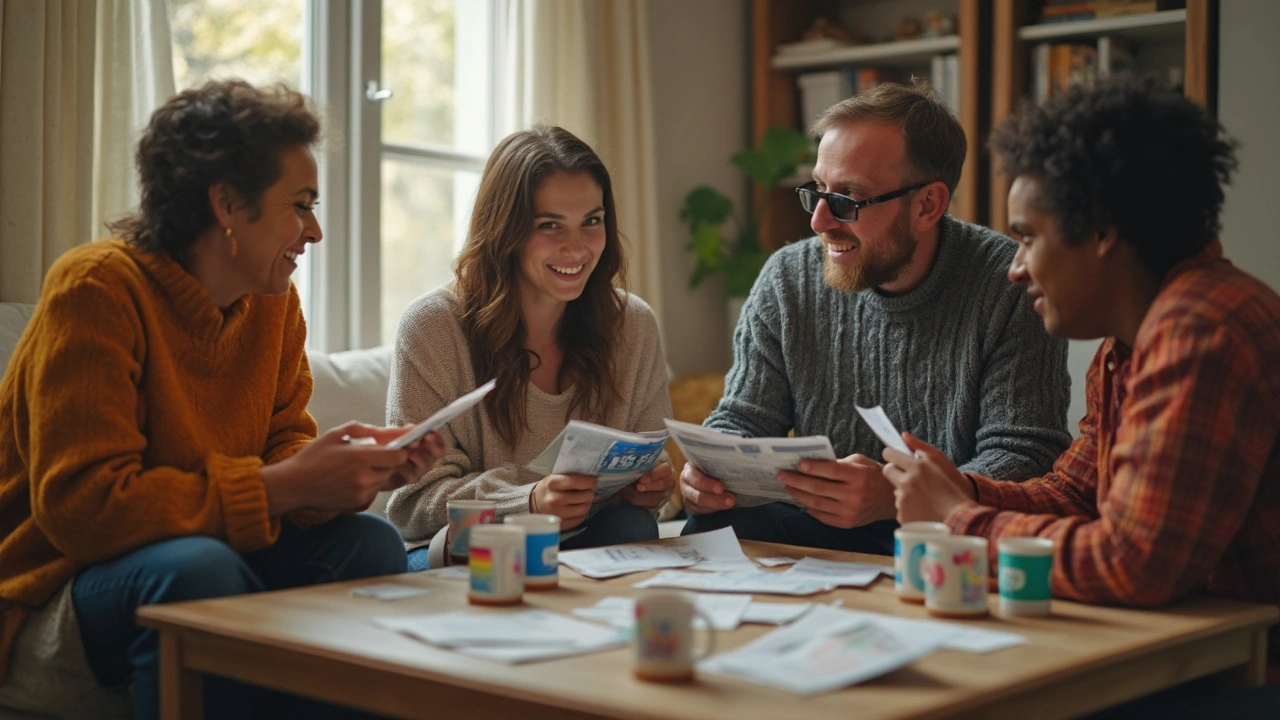HIV treatment: modern options, how to start, and stay healthy
Here’s a striking fact: when someone with HIV takes their antiretroviral therapy (ART) daily and reaches an undetectable viral load, they cannot sexually transmit the virus (U=U). That changes everything. If you’re new to HIV care or just want clear, practical steps, this page gives straightforward guidance without medical jargon.
What HIV treatment actually does
ART stops HIV from copying itself. It won’t cure HIV, but it keeps the virus so low you won’t get sick from it and you won’t pass it to sexual partners. Most modern ART is one pill a day or a simple combination taken regularly. Common drug names you might hear: tenofovir, emtricitabine, dolutegravir. Your doctor picks the best mix based on your health and other meds you take.
Starting treatment early matters. The sooner you begin, the better your immune system stays. Tests before starting—like blood counts, kidney and liver checks, and resistance testing—help pick the safest drugs.
Staying on treatment: practical tips
Adherence is the single most important thing. Missed doses can let the virus grow and lead to resistance. Use simple tricks: set a phone alarm, keep pills by your toothbrush, or use a daily pill box. If side effects bother you—nausea, headache, sleep changes—tell your provider. Most side effects ease after a few weeks or can be managed by switching drugs.
Drug interactions matter. Tell your doctor about every medicine, supplement, or herbal product you use. Some common interactions involve certain heart, acid-reflux, and seizure medicines. Your pharmacist can double-check for problems before you start a new med.
Getting labs regularly keeps treatment on track. Expect viral load and CD4 tests every few months at first, then less often once you’re stable. Viral load tells whether the drugs are working; CD4 measures immune strength.
Prevention for partners: if you’re HIV-negative and at risk, PrEP (pre-exposure prophylaxis) is a daily pill that cuts your risk dramatically. For people exposed after a possible contact, PEP (post-exposure prophylaxis) must start within 72 hours.
Access and cost: many places offer free or low-cost ART programs. Manufacturer assistance, government clinics, and community groups can help with paperwork and copays. If shopping online, verify the pharmacy is licensed and requires a prescription.
Living well: healthy habits boost outcomes—good sleep, steady exercise, balanced diet, and mental health care. Support groups and a reliable clinic make a big difference when treatment feels like a lot.
If you have questions about starting or changing treatment, bring them to your clinic. Practical, honest conversations with your provider protect your health and the people you care about.
- Colin Hurd
- Oct, 14 2025
- 19 Comments
Indinavir vs Other HIV Protease Inhibitors: A Comparison Guide
A detailed comparison of Indinavir with other HIV protease inhibitors, covering efficacy, side effects, dosing, cost, and guidance on choosing the best option.
- Colin Hurd
- Jun, 17 2025
- 8 Comments
Sustiva: Side Effects, Usage, and Vital Safety Info for HIV Treatment
Detailed guide to Sustiva: how it works, real-world tips, side effects, and safe use for HIV-positive individuals in 2025. Honest, practical insights.


